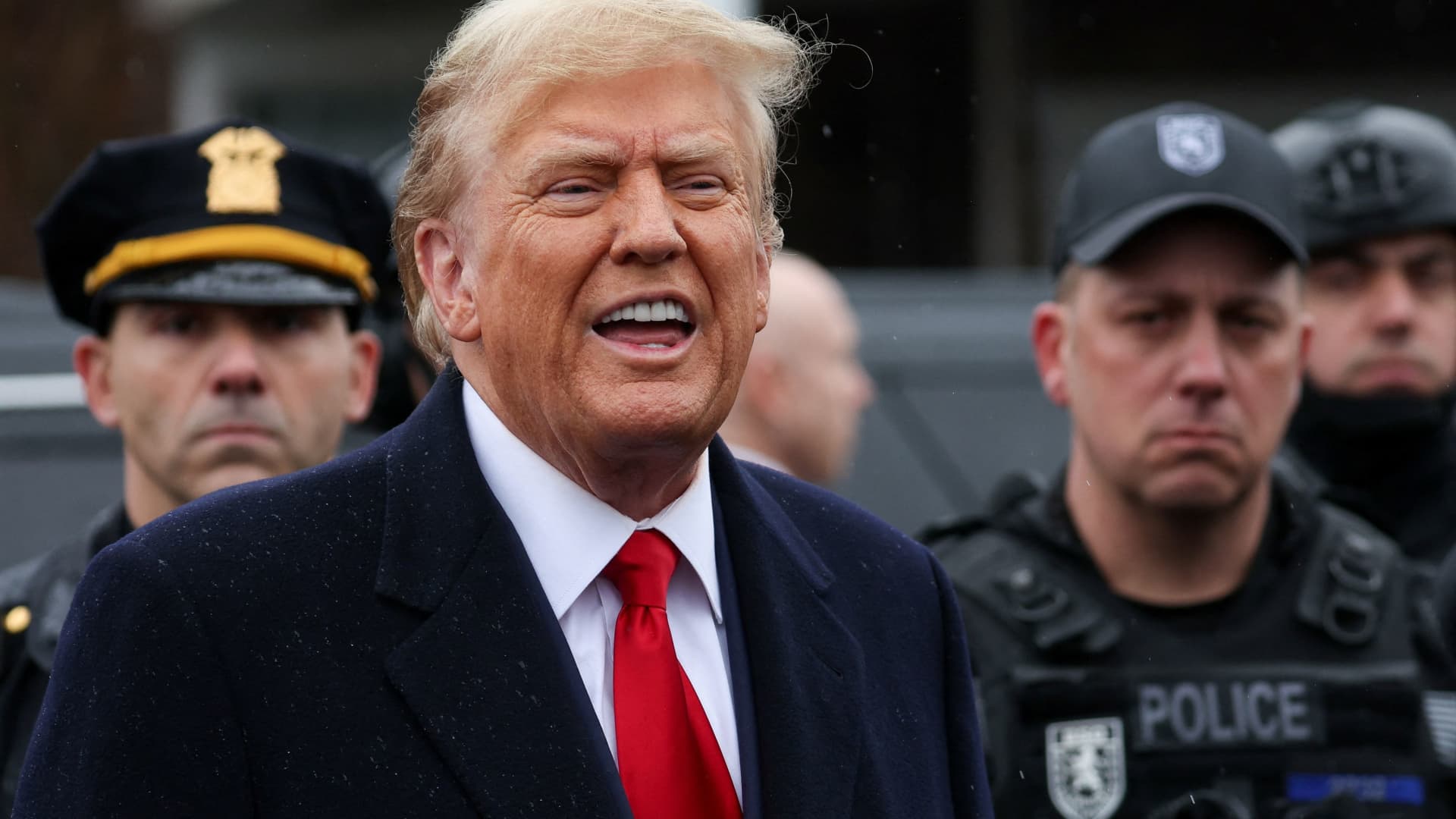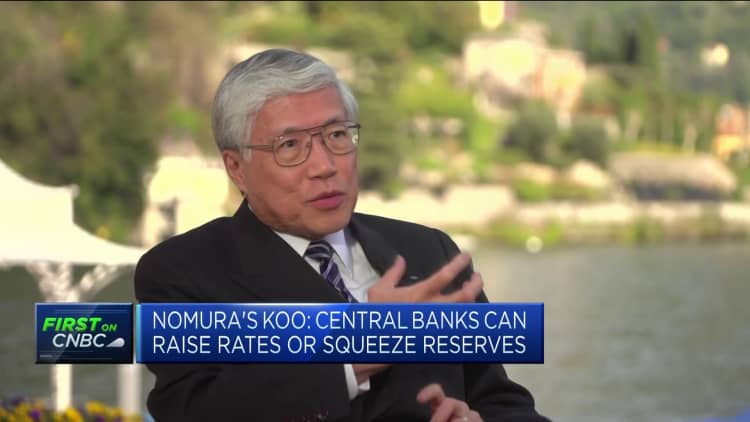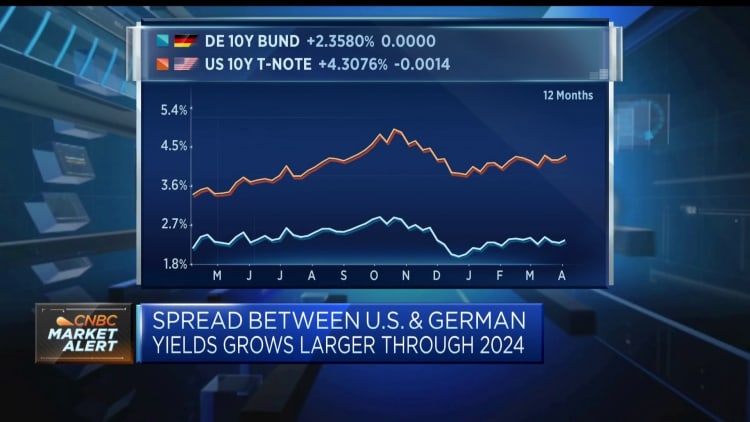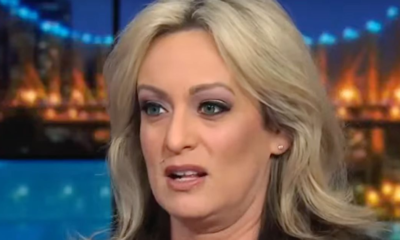Finance
Free trade mistakes fueled Trump’s rise in 2016 – and problems persist, says top economist

Former US President Donald Trump speaks after attending a vigil for New York City Police Department (NYPD) officer Jonathan Diller, who was shot and killed during a routine traffic stop on March 25 in the Far Rockaway section of Queens, in Massapequa Park, New York. York, USA, March 28, 2024
Shannon Stapleton | Reuters
Decades of trade deficits and a strong dollar created too many “losers” in the US economy who turned to Donald Trump’s protectionist policies, said Richard Koo, chief economist at the Nomura Research Institute – and those conditions persist.
Trump’s “America First” economic policies led his administration to impose a slew of trade tariffs on China, Mexico, the European Union and others, including imposing 25% duties on imported steel and aluminum.
As the Republican candidate for the 2024 presidential election, Trump has proposed a base tariff of 10% on all US imports and a minimum tariff of 60% on imported Chinese products.
This policy has drawn criticism from economists, who argue that tariffs are counterproductive because they make imported goods more expensive for the average American.
Speaking to CNBC’s Steve Sedgwick on the sidelines of the Ambrosetti Forum on Friday, Koo said protectionism is “a terrible thing” but that Trump’s approach “does have some economic logic.”
“When we studied economics and free trade in particular, we were taught… that free trade always creates both winners and losers in the same economy, but the gain to the winners always outweighs the loss to the losers. society as a whole always wins. That’s why free trade is good,” he noted.
Nevertheless, Koo argued that this relies on the assumption that trade flows are in equilibrium or in surplus, while the US has run massive deficits over the past four decades, increasing the number of “losers.”

“By 2016, the number of people who consider themselves losers of free trade was large enough to elect Trump as president, and so we really need to go back and say to ourselves, what have we done wrong to allow so many people into the United States to see themselves as losers of free trade?” he said.
For Koo, the main issue was the exchange rate, as the strength of the US dollar boosted foreign imports and hurt US companies exporting around the world.
“We let the exchange rate more or less be determined by the so-called market forces, speculators, my clients, Wall Street types, but the exchange rate has to be set so that the number of losers does not grow to a point where free trade itself is lost,” he said. Koo.
He pointed to a similarly pivotal moment in 1985, when President Ronald Reagan faced the same issue: a strong dollar and rising protectionism. At the time, Reagan responded by facilitating the Plaza Agreement with France, West Germany, Japan, and the United Kingdom to depreciate the U.S. dollar against these countries’ respective currencies through foreign exchange market interventions.

‘Those are the kinds of things we should have been more aware of. Instead of allowing [the] dollars to go wherever the market goes [it]and then these people, who are not as happy as we are in the financial markets, will suffer and ultimately vote for Mr. Trump,” Koo added.
He argued that economists should move beyond the idea that the trade deficit is simply due to “too much investment” and “too little savings” in the US, because this means that the only way to reduce the deficit is to remain in a recession until domestic demand weakens. much that American companies can export more goods, which would not be possible in a democracy.
Koo again pointed to past relations with Japan and suggested that if the argument were true that foreign companies are merely raiding places where American companies cannot meet domestic demand, the American companies that fought Japanese companies in the 1970s and 1970s , should have made huge profits as a result of excessive production. ask.
“But that didn’t really happen. The opposite happened. So many of them went bankrupt, so many losers of free trade were left on the streets, because it wasn’t a matter of savings and investments, but of the exchange rate.” he said.
“The dollar should have been much weaker, and Reagan understood that was why he took that action.”
President Joe Biden’s administration has also moved away from Washington’s decades-long spotlight on free trade deals and has kept in place all the measures taken under the Trump administration.
But instead of focusing on imposing new tariffs, Biden has instead bet big on industrial policies like the CHIPS and Science Act and the Inflation Reduction Act to bring manufacturers back to the United States, especially in fast-growing sectors like semiconductors and electricity. vehicles.









